The City of West Hollywood is home to many musicians and songwriters – and has long been home to many notable music clubs, both past and present – not only along the world-renowned Sunset Strip but on the City’s other major thoroughfares, as well. It should come as no surprise that a plethora of songs have been inspired by West Hollywood, the place itself. One need only log onto a music streaming service to discover that there are more than 20 published songs entitled “Sunset Strip,” one of the best of them a 1944 big band instrumental by clarinetist Jimmy Dorsey, which conveys a sense of the joy and lightness of a bygone era.
While cataloguing the entire exhaustive list of songs written in or about or otherwise referencing West Hollywood would likely take years, we highlight the following notable song chronology that helps to tell the creative city’s multi-faceted musical history.
“Smokey Joe’s Café,” The Coasters, 1955
In 1950, Fairfax High School senior Jerry Leiber met L.A. City College freshman Mike Stoller and a legendary songwriting duo was formed. Perhaps most famous for penning “Hound Dog” for Elvis Presley, Lieber and Stoller composed a veritable string of hits for The Coasters, an R&B vocal group, the fifth of which was “Smokey Joe’s Café,” in 1955.
This whimsical storytelling-style song was based on a real cafe, a greasy spoon or “beanery” known as “Smokey Joe’s,” which was sited right next door to an oil well on the corner of La Cienega and Beverly. “One day while I was eating beans at Smokey Joe’s Café / just sittin’, diggin’ all the scenes at Smokey Joe’s Café / A chick I’d never seen before / Came walkin’ on in through the door…”
The plot soon thickens when it is learned that the “chick” in question is the girlfriend of Smokey Joe himself: “Then from behind the counter, I saw a man / a chef hat on his head and a knife in his hand / he grabbed me by the collar and began to shout / ‘You’d better eat up all your beans boy and clear right on out.”
“For What It’s Worth,” Buffalo Springfield, 1966
By the mid ’60s, there were more than two-dozen music clubs on the Sunset Strip offering live music nightly and attracting a youthful following that was the antithesis of the old school patrons who’d flocked to Ciro’s and the Mocambo back in the “good old days”…before more traditional acts like Frank Sinatra and Sammy Davis, Jr. had largely decamped for Las Vegas. The mid-sixties were a profound inflection point and the youthquake that was exploding in L.A. and elsewhere posed a threat to a staid and puritanical establishment. This conflict erupted vividly in November 1966 on the Sunset Strip in a series of what became known as “curfew riots” that were sparked after arrests made outside “Pandora’s Box,” a tiny 50-person capacity club located on an island all its own smack dab in the middle of the intersection of Sunset and Crescent Heights (just outside of today’s West Hollywood municipal border in the City of Los Angeles), surrounded by a tidy white picket fence. The crowd in the yard outside the tiny club consisted of many hundreds of kids that particular night so that law enforcement felt something had to be done. On successive nights, the outrage following the initial arrests made grew and, with the help of local radio stations, thousands descended on Pandora’s Box the following nights, prompting many more to be arrested—including Jack Nicholson and Peter Fonda, who’d both shown up to demonstrate their solidarity with the kids.
It was Stephen Stills of the band Buffalo Springfield who drew the world’s attention to what was happening here: “Stop, children, what’s that sound / everybody look what’s going down.” Interestingly, the song has often been wrongly associated with the era’s anti-war movement rather than with the Sunset Strip short-lived curfew riots.
“L.A. Woman,” The Doors, 1971
Ray Manzarek met Jim Morrison when both were students at UCLA and The Doors were soon established, becoming what many considered to be the quintessential band of the era and of the Sunset Strip. (There is a plaque memorializing Jim Morrison’s “last U.S. residence” on Norton Avenue in West Hollywood.)
The song, “L.A. Woman,” recorded at Sunset Sound and released in April 1971, just three months before Morrison’s untimely death, takes a stripped-down blues approach that harkens back to the band’s earliest recordings and showcase Morrison’s haunting melody lines above a driving beat: “Well, I just got into town about an hour ago / took a look around, see which way the wind blow / where the little girls in their Hollywood bungalows . . . Are you a lucky lady in the City of Light / or just another lost angel? City of Night.”
“Lonesome L.A. Cowboy,” New Riders of the Purple Sage, 1973
New Riders of the Purple Sage were an American country band that coalesced in San Francisco in 1969, sharing many of the same band members as The Grateful Dead. The band enjoyed only one hit in 1972, with “I Don’t Need No Doctor,” but it was this 1973 song, which lyrically captured the essence of the West Hollywood scene:
“I’m just a lonesome L.A. cowboy, hangin’ out, hangin’ on / To your window ledge, calling your name / From midnight until dawn / I been smokin’ dope, snortin’ coke, tryin’ to write a song / Forgetting everything I know til the next line comes along…”
“There’s so many pretty people in the city / I swear some of them are girls / I meet ‘em down at Barney’s Beanery / with their platform heels and spit curls…”
“Well I know Kris and Rita and Marty Mull are meeting at the Troubadour / we’ll get it on with the Joy of Cooking while the crowd cries out for more / Round six o’clock this morning / I’ll be getting kind of slow / When all the shows are over, honey / Tell me, where do you think I go?”
“Crying In My Sleep,” Jimmy Webb, 1974
Raised in Oklahoma, Jimmy Webb came with his family to southern California in 1964 and enrolled at San Bernardino Valley College where he studied music. His mother passed away the following year, prompting his father to return to Oklahoma. He left Jimmy in California with $40 dollars—all he had—and a stern admonition that “this songwriting thing is going to break your heart.”
Webb went on to compose a host of late-sixties hits, including “By the Time I Get to Phoenix,” and “Up, Up and Away.” His songs were not in the least bit counterculture, but he did capture a day-in-the-life (or rather, night-in-the-life) snippet of his own existence, hanging out on the Strip in his 1974 song, “Crying In My Sleep,” which was also recorded by Art Garfunkel in 1977.
“Went out to loosen up the car / somehow I wound up at the Rainbow Bar / I had a scotch and soda on the run / But I didn’t get too far / And then I ran down, down some friends I used to know / Dragged them out to see the show.”
An earlier Jimmy Webb song, the rather experimental “Rosecrans Blvd,” recorded by the Fifth Dimension in 1965, records another memorable moment on the Strip: “The girl was half crazy / the way she drove her little car down Sunset Boulevard / at three in the morning, doing ninety miles an hour in a thirty mile zone / and blamed me when she got a ticket.”
“Girls Girls Girls,” “Mötley Crüe, 1987
The 1980’s ushered in a new musical and style era on the Sunset Strip, one dominated not by introspective singer-songwriters such as Jimmy Webb, but by glam-rock metalheads…as best exemplified by the two bands who dominated both the era and the local scene: Mötley Crüe and Guns N‘ Roses. Members of the two bands not only played the Strip, but lived just off the strip within ear-splintering earshot of one another on Clark Drive, just around the corner from the Whisky a Go Go.
“Girls Girls Girls” is an homage to strippers—and the song’s title was lifted directly from a sign on the Sunset Strip’s preeminent strip club, both then and now, The Body Shop. While the music video for the hit single was filmed further down Sunset Boulevard at The Seventh Veil, the Body Shop gets a call-out in the lyrics.
“Girls, girls, girls / Long legs and burgundy lips / girls, girls, girls / Dancin’ down the Sunset Strip / girls, girls, girls / red lips, fingertips / girls, girls, girls, Body Shop and Marble Arch / girls, girls, girls / Tropicana’s where I lost my heart.”
The Body Shop was the first all-nude strip club on the Sunset Strip. Its famous façade was featured in the title sequence of the HBO hit series, Entourage, as well as in an untold number of rock and rap videos. Today, while heavy metal no longer dominates the WeHo music scene, strippers very much remain in vogue. In fact, there are over 200 dancers presently on staff at The Body Shop.
“Nightrain,” Guns N‘ Roses, 1987
Guns N‘ Roses’ lead lyricist, Axl Rose, wrote “Nightrain” to commemorate the nightlife on the strip as he experience it: “Loaded like a freight train / flyin’ like an airplane / feelin’ like a space brain / one more time tonight . . . well, I’m a west coast struttin’ / one bad mother / got a rattlesnake suitcase / under my arm / said I’m a mean machine / been drinking gasoline / and honey you can make my motor hum.”
“Stone Deaf in the USA,” Motörhead, 1987
Though the English band Motörhead had first formed in June 1975 by bassist-singer-songwriter Ian “Lemmy” Kilmister, they arrived in Los Angeles from London to begin a U.S. tour in September 1987, finding synergy with the new wave metal scene currently unfolding in L.A. They capture the essence of the trip in this rousing metal anthem, preferably played loudly:
“Crossed the ocean in a silver bird / Flying into another world / Flying down the Pacific coast / Flying up in a silver ghost / Love to be back in Los Angeles / L.A.X. what a sight to see / Stone fox women, crazy days / Table hopping at the Rainbow, babe / Stone Deaf in the U.S.A.”
“All I Wanna Do,” Sheryl Crow, 1993
Sheryl Crow had enjoyed a highly successful career as a session and touring vocalist and instrumentalist for a host of top-name talents before forging her own solo career, with the help of a group of fellow musicians that dubbed themselves the “Tuesday Music Club.” The group’s casual weekly songwriting gathering was sparked when Crow picked up a volume of poetry by Wynn Cooper, after her manager recommended she read the poem, “Fun,” whose first stanza began: “’All I want is to have a little fun before I die,’ says the man next to me out of nowhere.”
Cooper’s poem became the genesis for what may be the most sing-able refrain of the early '90s L.A. music scene: “All I wanna do is have some fun / I got a feeling I’m not the only one / All I wanna do is have some fun / Until the sun comes up over Santa Monica Boulevard.”
It’s worth noting that Cooper also shared in the song’s royalties—and his volume of poetry containing “Fun,” which had had an initial printing of just 500 copies from a small press in Pasadena and has enjoyed several reprints.
“Right Beside You,” Sophie B. Hawkins, 1995
Living in West Hollywood at the beginning of her career, Sophie B. Hawkins made her major record label debut presentation concert at the Roxy on the Sunset Strip in 1992. In 1995, Sophie released The Grid dance club remix smash Right Beside You, from her second album, Whaler. Here she talks about riding into town with the top down on Sunset. “Driving into town with the top down / On Sunset sinking low/ I can feel your speed / One hand on the wheel one hand on my knee / I can tell you what I want you can do what you need / Darling nights are getting cooler in the city so close." The song went on to become a hit in multiple European countries.
“To Live and Die in L.A.,” Tupac Shakur, 1997
Tupak Shakur moved to L.A. in 1993 to pursue his music career and fast became a central figure in the West Coast hip hop scene before his untimely death, at age 25, in September 1996. This track, “To Live and Die in L.A.,” was the second single from the final album that Shakur had worked on, produced by Quincy Jones’ son, known as QD III, and released posthumously.
“Making money off of cuss words, writing again / Learning how to think ahead, so I fight with my pen / Late night down Sunset liking the scene…”
“Lullaby,” Shawn Mullins, 1998
Songwriter Shawn Mullins made a big stir with “Lullaby,” a song that paints an ironic yet moving portrait of a character who “grew up with the children of the stars / in the Hollywood hills and the boulevards.”
Mullins based the song’s semi-fictitious character on a real person he met after performing a gig at Genghis Cohen on Fairfax Avenue just outside of the City’s border.
“Now, she feels safe / In this bar on Fairfax / And from the stage I can tell that / She can’t let go and she can’t relax / And just before / She hangs her head to cry / I sing to her a lullaby, I sing / Everything’s gonna be all right / Rockabye, rockabye.”
“Why’d You Want to Live Here,” Death Cab for Cutie, 2001
Death Cab’s Ben Gibbard wrote what was essentially a diatribe against Los Angeles in 2001, attacking the city’s smog problem, first and foremost, and comparing the smell of the entire city to the aroma of jet fuel rising up from an airport runway.
“And I can’t see why you’d want to live here / Billboards reach past the tallest buildings / ‘we are not perfect but we sure try’ / As UV rays “degradate” our youth with time.”
(Ironically, Gibbard later moved to Los Angeles in order to live with then-wife Zooey Deschanel.)
“Movin’ to L.A.,” Art Brut, 2003
Art Brut is a term for outsider art and refers specifically to the art of Jean Dubuffet. It is also the name of a Berlin-based English and German “Indie Wave” art band, which rode the same sonic wave as Franz Ferdinand and Bloc Party and, based on this song’s lyrics, had seemingly long dreamed of enjoying some time in West Hollywood. (Unlike Ben Gibbard.)
“I’m considering a move to L.A. / And when I get off the plane / the first thing I’m gonna do is / strip naked to the waist and ride my Harley-Davidson up and down Sunset Strip.”
“El Lay,” Snoop Dogg, 2011
Snoop Dogg’s 2011 album, Doggumentary, contains his hip hop equivalent of Randy Newman’s “I Love L.A.” In the music video for the song, “El Lay,” also featuring Marty James, Snoop cruises the Sunset Strip and other Los Angeles locales. While it’s not his strongest work, the laidback west coast vibe is an easy one to groove with:
“And you can hit the strip, Sunset Boulevard / But you gotta have a low-rider car / With the skirts dragging, with the plaque in the back flaggin’ / Or put it in the back of a Chevy wagon.”
“I’m Writing A Novel,” Father John Misty, 2012
Joshua Michael Tillman, formerly known as J. Tillman, is now known as Father John Misty, having released his debut album, Fear Fun, under that moniker in 2012. Three additional albums have followed since then, but we are particularly drawn to a track from Father John Misty’s first album, which portrays a hilarious self-portrait of events following an ayahuasca ceremony gone wrong: “I ran down the road, pants down to my knees / screaming “please come help me, the Canadian shaman gave a little too much to me.”
“Now everywhere I go in West Hollywood / It’s filled with people pretending they don’t see the actress and the actress wishing that they could / We could do ayahuasca / Baby if I wasn’t holding all these drinks.”
“Greetings from West Hollywood,” Tim Buckley, 2017
This is one of 3 albums that contain a unique selection of tracks from the 5 sets that Tim Buckley played at The Troubadour in West Hollywood on September 3 & 4, 1969. This is but one of many albums recorded at the iconic West Hollywood club, including albums by Cannonball Adderly, Neil Diamond, Fairport Convention with Richard Thompson, Carole King & James Taylor, Van Morrison, Rick Nelson, Old 97’s, Richard Pryor, The Queers, and Tanya Tucker.
“Pink Pony Club,” Chappell Roan, 2023
Grammy-winner Chappell Roan’s safe space to be herself? Yep, The Abbey is the Pink Pony Club.
“Pink Pony Club / I'm gonna keep on dancing at the Pink Pony Club / I'm gonna keep on dancing down in West Hollywood / I'm gonna keep on dancing at the Pink Pony Club, Pink Pony Club”
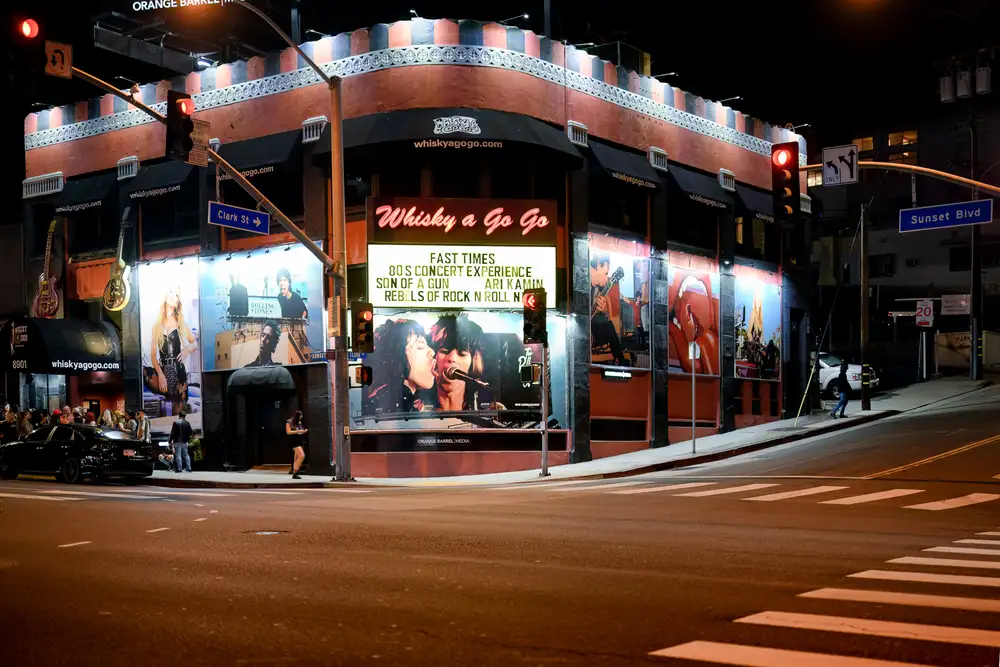
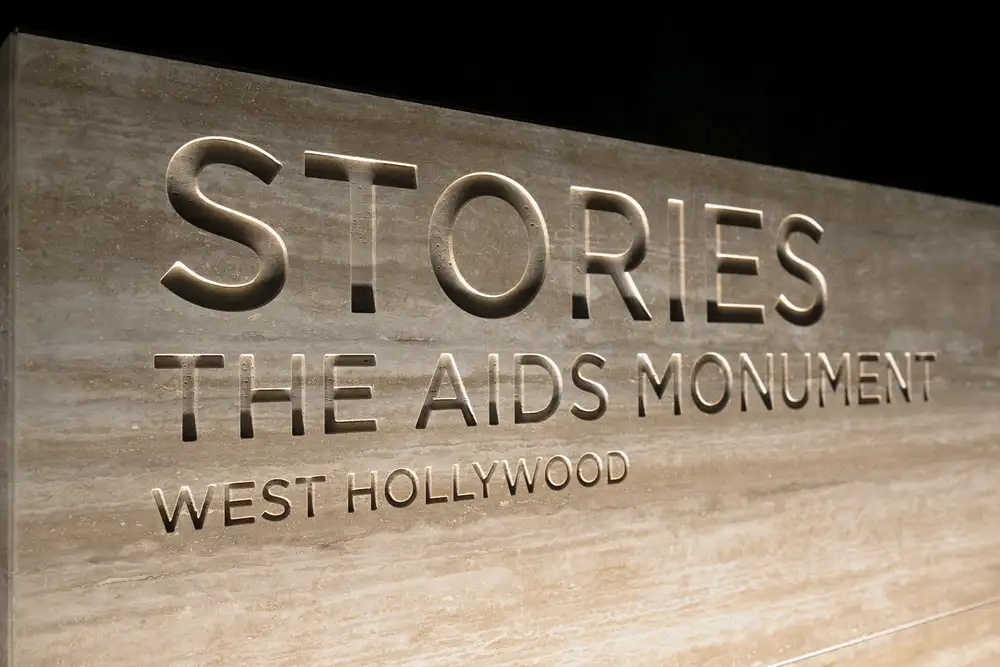
.webp)


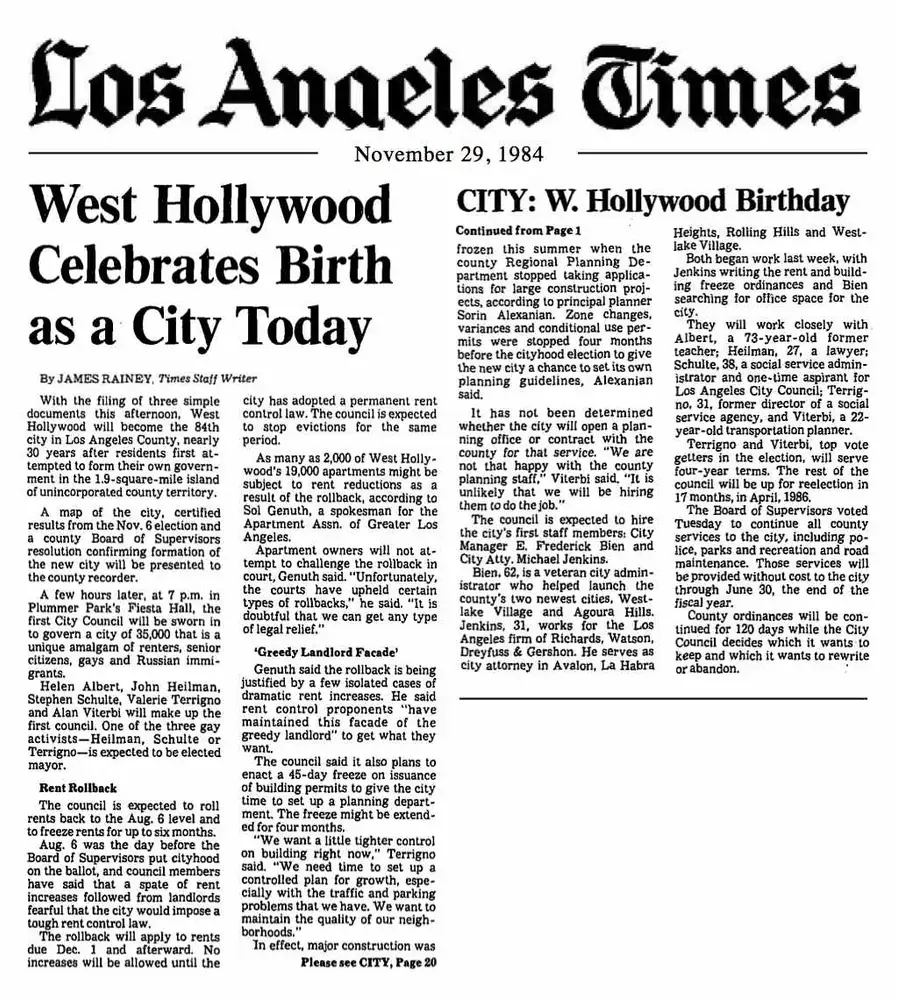
.webp)

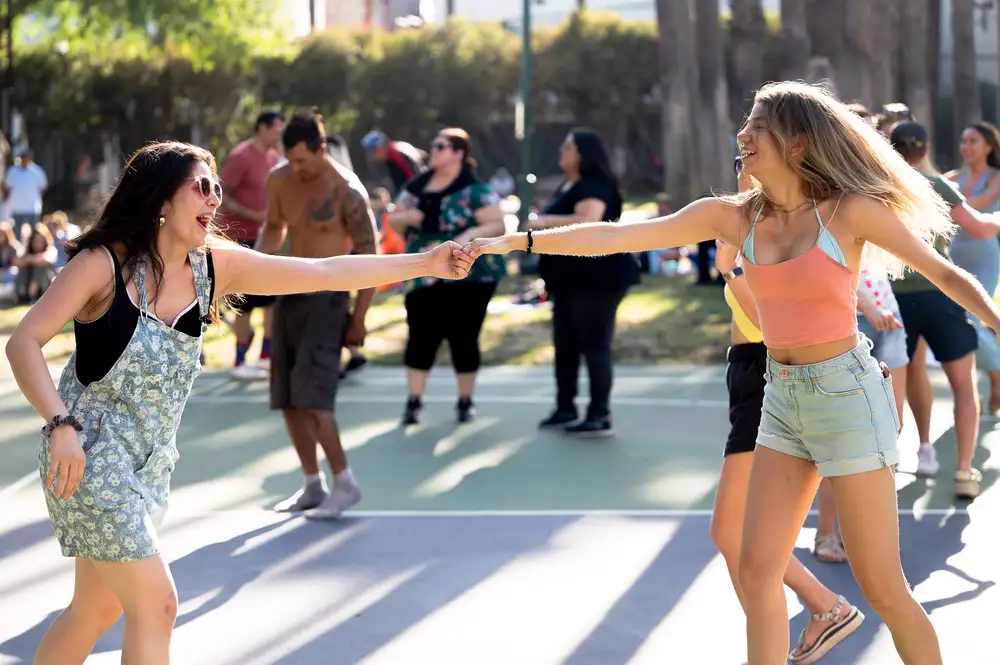
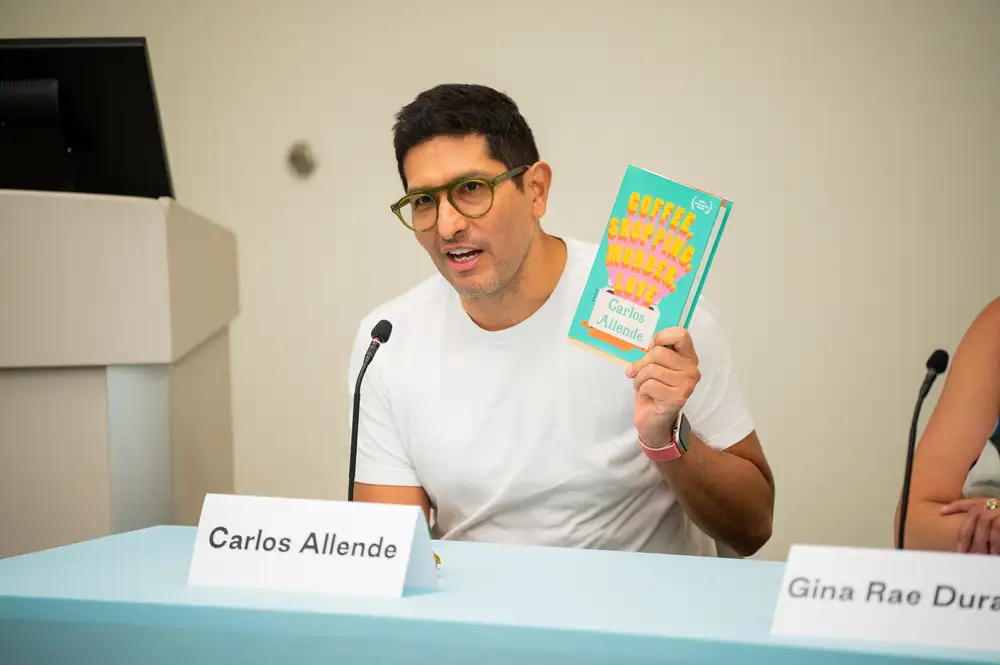

.png)

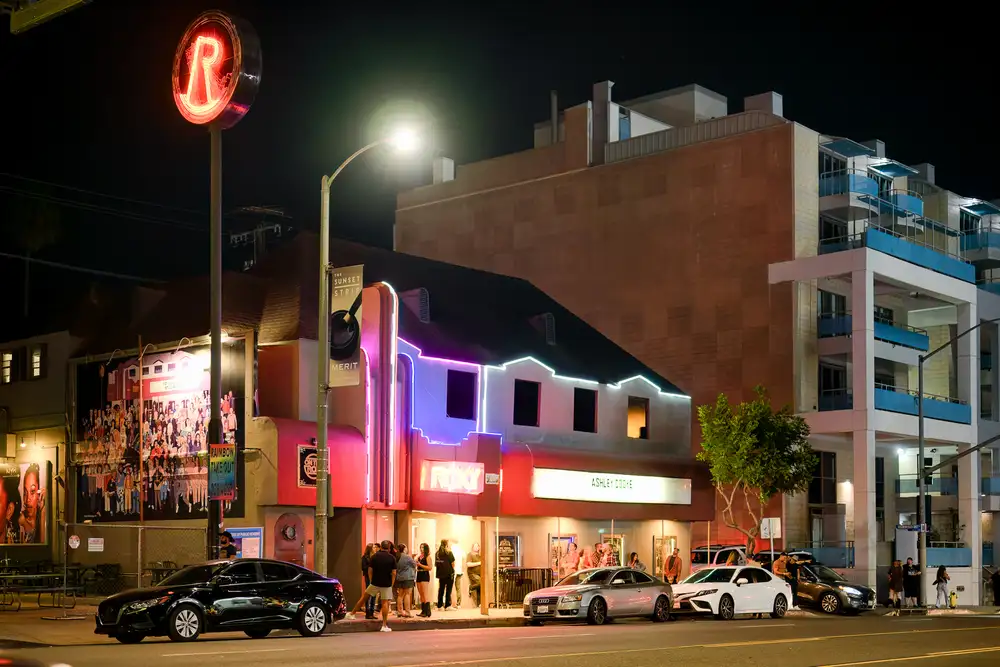

.webp)